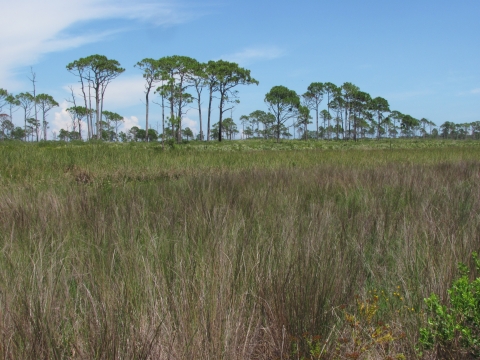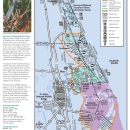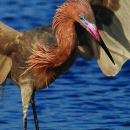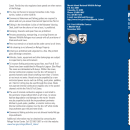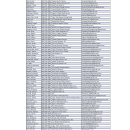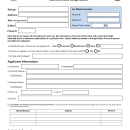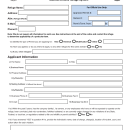Visitors to Merritt Island National Wildlife Refuge may experience minor traffic delays due to lane closures as a road milling and repaving project gets underway. Portions of Max Brewer Memorial Parkway (SR 406) and Beach Road (also known as SR 402) will be milled and repaved. During the project, roads will remain open, but visitors can expect alternating lane closures. The project is anticipated to be completed by early January 2026. Refuge facilities (Vistor Center, Black point Wildlife Drive, etc.) will remain open and accessible. Drivers are asked to be patient, and to respect worker's safety.
Visit Us
National wildlife refuges offer us all a chance to unplug from the stresses of daily life and reconnect with our natural surroundings. Merritt Island National Wildlife Refuge offers a wide diversity of recreational and educational opportunities. From bird watching and nature study, to fishing and seasonal hunting, you are sure to find an activity to satisfy your passion.
Location and Contact Information
About Us
Merritt Island National Wildlife Refuge was established as an overlay of the National Aeronautics and Space Administration’s John F. Kennedy Space Center. According to the agreement with NASA, the lands and waters of the Kennedy Space Center are primarily to serve the space program and secondarily to serve as a wildlife refuge or park.
What We Do
Wildlife conservation is at the heart of the National Wildlife Refuge System. It drives everything on U.S. Fish and Wildlife Service lands and waters managed within the Refuge System, from the purposes for which a national wildlife refuge national wildlife refuge
A national wildlife refuge is typically a contiguous area of land and water managed by the U.S. Fish and Wildlife Service for the conservation and, where appropriate, restoration of fish, wildlife and plant resources and their habitats for the benefit of present and future generations of Americans.
Learn more about national wildlife refuge is established to the recreational activities offered to the resource management tools used.
Our Species
Merritt Island National Wildlife Refuge was established in 1963 for the protection of migratory birds. Consisting of 140,000 acres, the refuge provides a wide variety of habitats: coastal dunes, saltwater marshes, managed impoundments, scrub, pine flatwoods, and hardwood hammocks. These habitats provide habitat for more than 1,500 species of plants and animals and 15 federally listed species.
Our Library
Visit our digital library to view our brochures and publications all in one convenient location.



